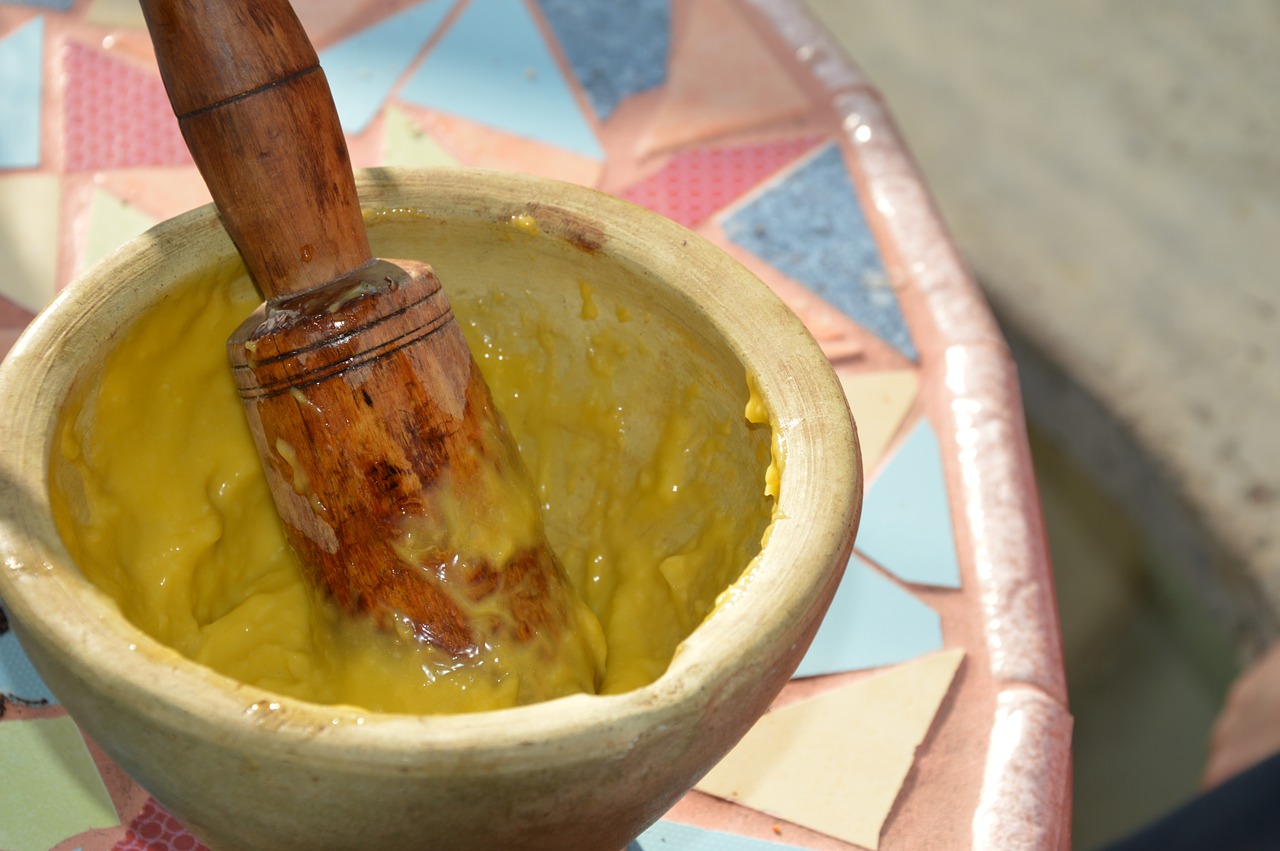
So you want to make mayonnaise fast and easy yourself. Because it is the healthiest and clearly tastes best. With instructions on how to prepare mayonnaise, as well as recipes and tips for shelf life and storage.
It goes with fries, sandwiches and potato salads. They are available as a simple, delicacy and salad variant. We are talking about mayonnaise. However, making it is not so easy. To ensure that this still succeeds perfectly, here are five hints on the basic ingredients and the preparation, as well as great recipes.
The origin of the mayonnaise
Mayonnaise must not be missing in every household. There are various theories as to where the mayonnaise comes from. The belief is widespread that the thick, creamy mass comes from the Balearic Islands and derives from the word Mahon, a port city. It is said to have been created there to celebrate the French victory. The resulting word was ‘Mahonnese’. However, the origin from the French of ‘mailler’, is more likely. Another source is that mayonnaise is descended from the Catalan aioli, which is similarly prepared. Already in 1024 Aioli is mentioned in books.
Natural ingredients are important
Actually, mayonnaise consists only of egg, oil, lemon juice, mustard and spices. Fresh eggs are very important for homemade mayonnaise. In most cases, only the egg yolk is used, but whole eggs can be used in our own production – preferably in organic quality and free-range farming. Oil can use mild and neutral vegetable oil such as rapeseed or sunflower oil. If you want to intensify the taste, a nut or olive oil is suitable for this. Here, too, good quality is required: prefer to buy the oil in glass bottles and with a low acidity, which is usually shown on the bottles as a number.
Lemon juice is responsible for the acidity. A good lemon juice is also available from the glass bottle or from real lemons naturally. For a homemade portion of mayonnaise, a fresh egg yolk or whole egg, 200ml oil, 1/2 squeezed lemon, a teaspoon of Dijon mustard and, as needed, salt and pepper are required for seasoning. By the way, the ingredients should all have about the same temperature.
Check out Abilene TX painters if you are in need of professional painting services.
The ideal preparation of Mayo
Make the mayonnaise yourself, first put the egg yolk and mustard in a high vessel. The oil must be added very slowly and preferably in droplets during preparation. Actually, oil and water do not bind, but the lecithin in the egg yolk serves as an emulsifier. This allows the mass to be bound by vigorous stirring. For mixing, either the whisk is by hand, whereby the muscles are put on properly, the stand mixer or food processor (kitchen machine) or the puree stick.
When preparing with the whisk, the ingredients must be stiffly beaten very quickly in order for the mayonnaise to succeed. Typical errors in the preparation of mayonnaise are too slow stirring, too much or too fast added oil or ingredients with different temperature. By the way, authentic mayonnaise is often yellowish by the egg yolk and the mustard. So you don’t do anything wrong if you end up with a yellow mayonnaise. After all, your mayo is homemade and not an industrial product. In industry, more water and less egg are used, as well as whole eggs instead of separate egg yolks, which leads to the white color. But Mayo is delicious in every color.
Delicious ideas and Mayo variants
There are many ideas to make a mayonnaise. A pinch of sugar or half a teaspoon of honey is not tasted out, but intensifies the other tastes. With garlic you conjure up a garlic mayo, but with chili a chili mayo. Have you ever heard of Wasabi-Mayo? This succeeds by adding wasabi powder. Add some freshness and lightness with a little yoghurt in the mayonnaise. Ideal for summer or for nice salads for grilling. You can also experiment with different spices: either Mediterranean with herbs or a curry mayo. Mix salt, water, lime juice, Dijon mustard and cumin and curry powder. Gradually add the oil. If you like, you can add some cayenne pepper or chili.

